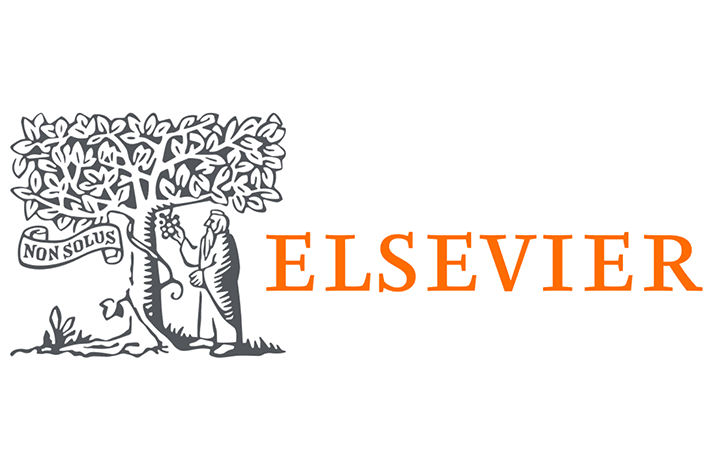Supporting women’s reproductive capabilities in the context of childbirth:
Empirical validation of a midwifery theory synthesis
Objective
To conduct an empirical validation of the theoretical model of midwifery care suggested by Peters et al. (2020).
Design
A qualitative deductive methodology was used to validate the theoretical model of aims and objectives of midwifery care. The existing model was validated for midwifery care before, during and after childbirth by interviewing women who had reported high satisfaction with childbirth and low fear of childbirth postpartum.
Setting
Data were collected via interviews with women who had given birth from January to March 2018 at a middle-sized hospital in south-east Sweden.
Participants
Swedish-speaking women aged ≥ 18 years, were invited by midwives to participate at a postpartum maternal healthcare ward, and they received oral and written information. They filled in a demographic questionnaire, a grading of their birth experience on a 0–10 numeric rating scale (NRS) and the Wijma Delivery Experience Questionnaire Version B (W-DEQ B). We used ≥7 as the cut-off for high satisfaction with childbirth (NRS), and a sum score ≤60 for low fear of childbirth (W-DEQ B). Of 172 women, 28 were eligible, of whom 20 were interviewed 8–13 months postpartum. The interviews were analysed using qualitative content analysis with a directed approach.
Findings
All of the model’s levels and their aspects were found in the interviews. All women had experienced a trusting relationship, including individual and woman-centred care, communication, choice and continuity, prompt attention and an empathic attitude. A majority described midwifery in terms of promoting security, and almost all had experienced aspects of personal control. The objective of midwifery care, described as the facilitation of women’s reproductive capabilities, was described as being met by half of the women. The importance of pep talks and coaching was emphasized, and partner support could be added to the model.
Key conclusions and implications for practice
Our findings indicate that the theoretical model proposed by Peters et al. (2020) is mainly applicable to midwifery care of women reporting high satisfaction with their birth experience and low postpartum fear of childbirth. Our findings suggest that this model may serve as a clarification of the unique objective of midwifery care, and could be used by midwives in daily clinical work and in midwifery education programs.
Database: Elsevier – ScienceDirect
Received 9 March 2021, Revised 1 March 2022, Accepted 20 March 2022, Available online 30 March 2022, Version of Record 11 April 2022.
Hanna Grundström , Anna Malmquist, Katri Nieminen , Siw Alehagen








